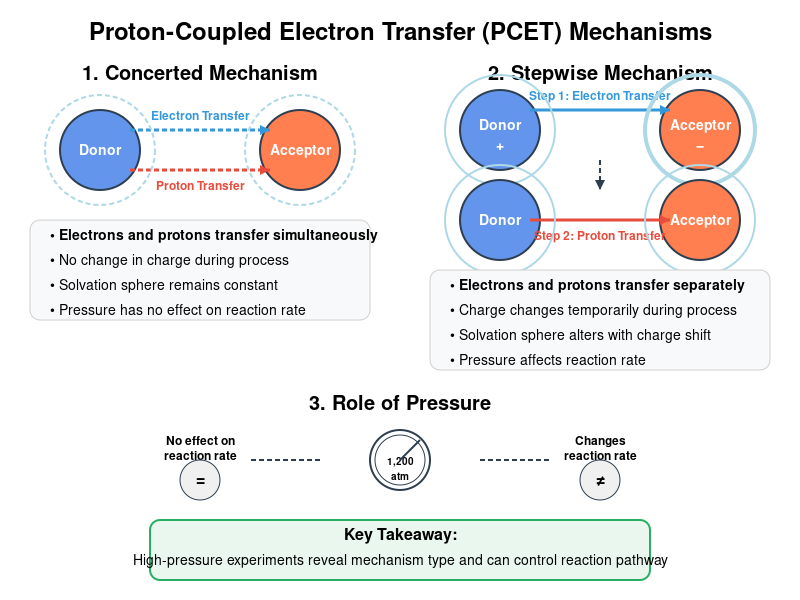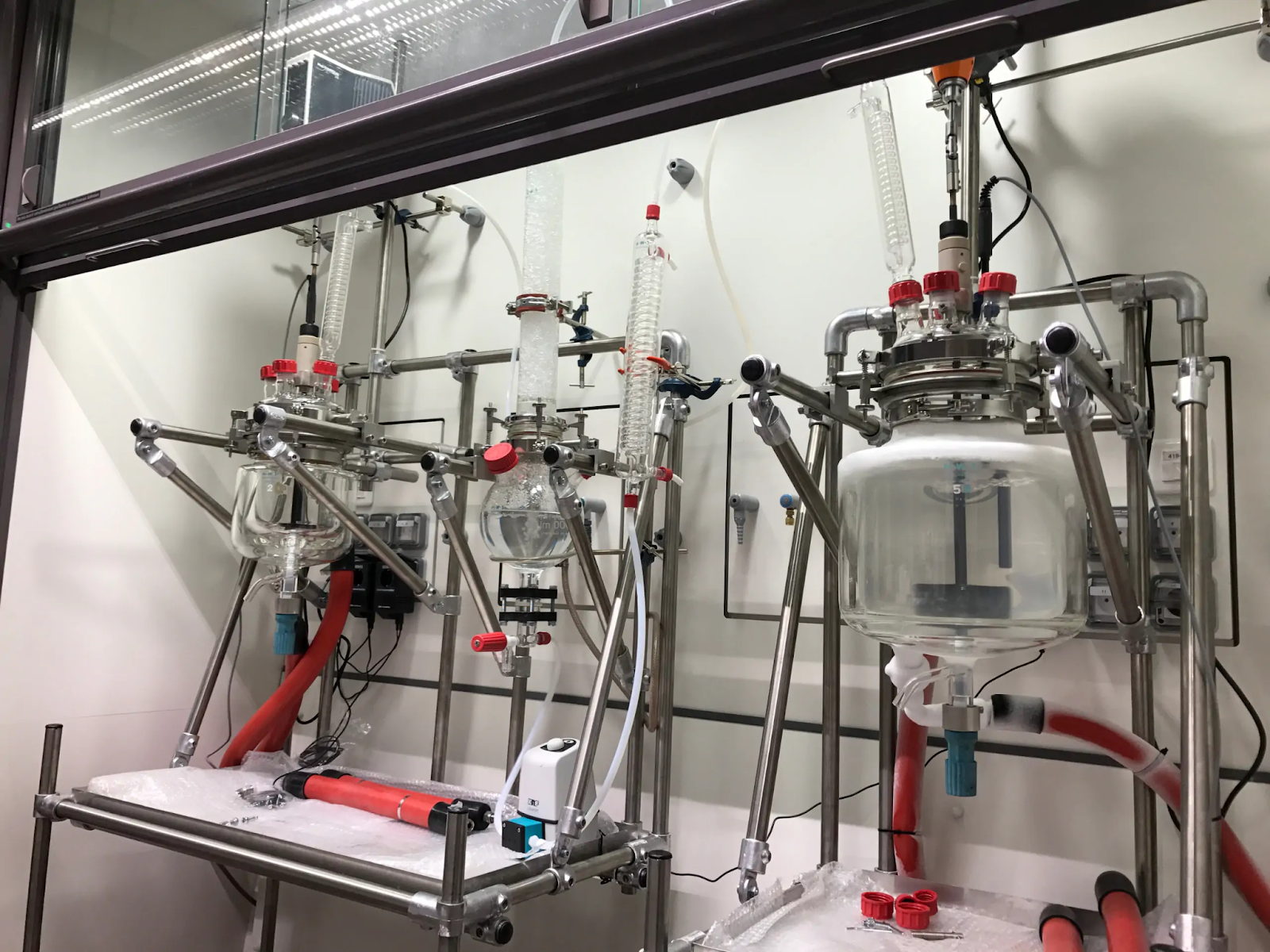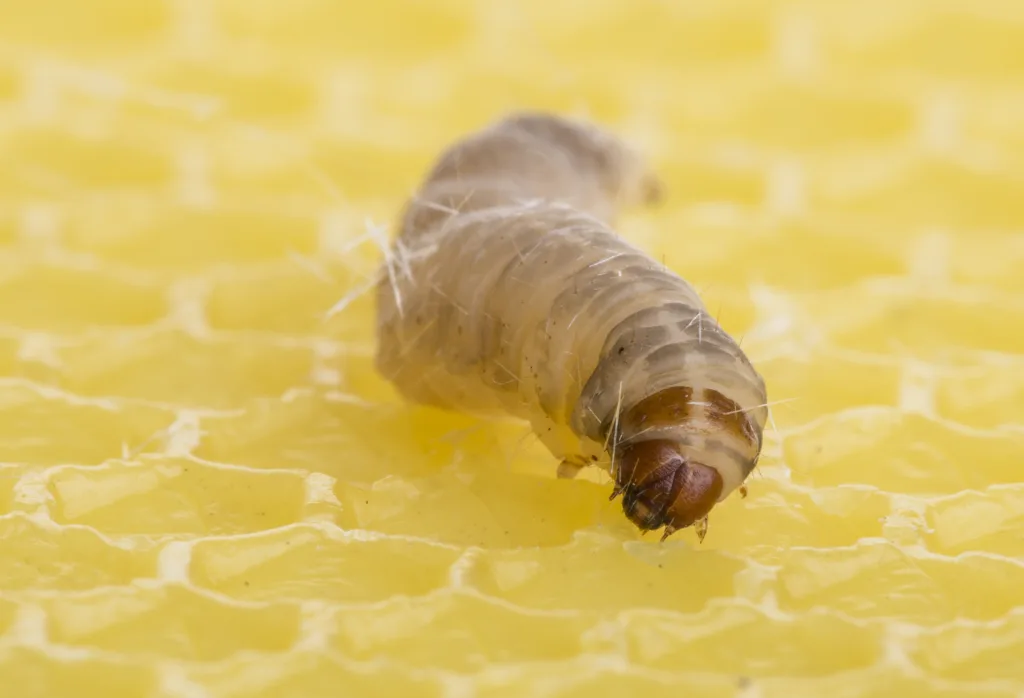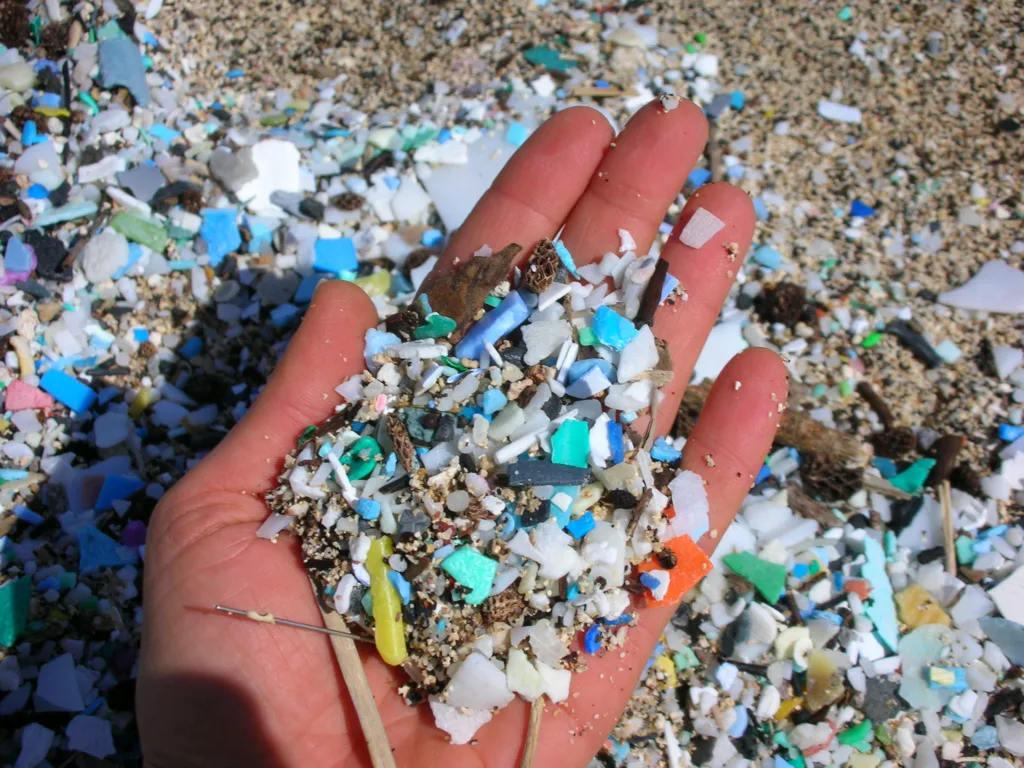What Are PFAS: Consequences of Our Ignorance
Humanity has a history of using substances before being fully aware of their effects: arsenic, asbestos, and now PFAS. PFAS are widely used chemicals from cosmetics, clothing, and paint to industrial processes but are becoming increasingly apparent as a risk towards human health. In the past, asbestos was commonly used in buildings before being discovered as a carcinogen, a substance that causes cancer, and still accounts for many lung cancer deaths each year. The general population often had no knowledge that these substances were even being used in their daily lives until they started to hurt them. PFAS could have similar outcomes for us in the future if we don’t learn more about them.
Overview:
PFAS stands for per- and polyfluoroalkyl substances, a group of synthetic chemical compounds. While the name sounds rather specialized, these chemicals are used in everything from non-stick cookware to aerospace. The carbon-fluorine bonds that make up the structure of PFAS make them the strongest chemical bond, resisting degradation. This strength makes these chemicals incredibly appealing for their resistance to many things. There is no industry untouched by its versatility.
However, its greatest advantage in strength and durability is also its biggest downfall. The ability to not break down easily and exist in the environment for long periods is exactly why they are now so dangerous because the buildup of PFAS in organs can lead to health risks. Exposure is inescapable but is especially prevalent in drinking water, soil, and air, which is just about everywhere. PFAS last for ages, giving them the name ‘forever chemicals’. First developed and widely used for commercial purposes during the 1940s, it was first noticed in the human bloodstream as early as the 1970s. PFAS has an ability to migrate off materials and dissolve into water or persist in the air as aerosols, like other pollutants, but the primary source is often waste from factories. Polluting the air and water resulted in these chemicals being found in the most remote places on Earth. As animals and humans inevitably interact with the environment, it accumulates in bodies and can be present in low levels in food.
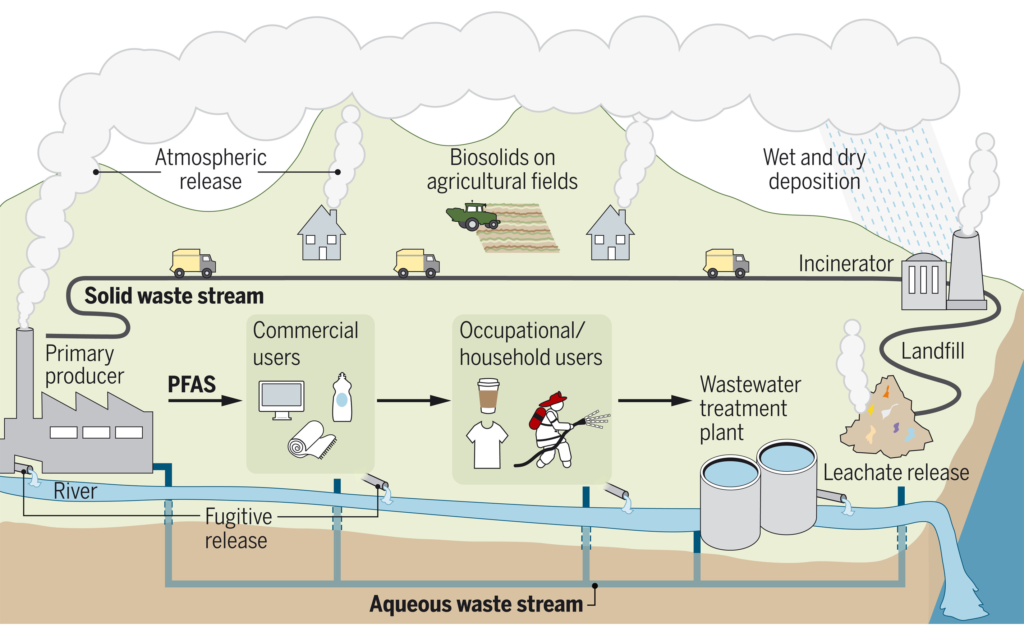
According to Professor Peaslee at the University of Notre Dame, the most notorious source of PFAS contamination is firefighting foams. They have been used by thousands of military bases, airports, and fire departments throughout the US for over 60 years, and the chemicals easily seep through pavement and into groundwater. This also makes firefighters the most susceptible to any negative effects of PFAS and a valuable part of research. Firefighting foam is an example of how widespread and vast this contamination is in our world without our knowledge. However it is unfair to group all PFAS into one category as there are thousands, some are so dangerous that they are already banned, and others that could be harmless. Only a few hundred of them are commercially used in large quantities, but even fewer can be observed for research. As it is difficult to observe, most PFAS are not yet proven to cause negative effects on the environment and health, but some have shown increased risks in certain areas.
Benefits & Uses:
As described earlier, PFAS are extremely beneficial to society, which is why they are so widespread. It is a large group consisting of varying properties: persistent or non-persistent, toxic or non-toxic, to name a few. The branching categorization means that many active ingredients in medicine also fall under this definition, and these PFAS are thoroughly tested, posing little harm to humans. Similarly, a specific group of PFAS called fluoropolymers are large, stable, and unreactive molecules and are used very often industrially and commercially. Fluoropolymers, like Teflon, have also undergone intensive inspections by regulatory bodies around the world and have had their safety backed by numerous data. Due to the high molecular weight of fluoropolymers, they are too big to enter biological membranes, like cells, posing little threat to humans and the environment. Furthermore, these molecules are not water soluble, meaning they cannot dissolve and enter water sources.
The uses of PFAS are similar across different groups, and if proven to be harmful, the removal of fluoropolymers and other PFAS could bring many environmental, durability, and other issues to industries. However, the two most common PFAS are the type to remain in the air for decades but have been seeing a decline in prevalence in recent years due to their discontinued use after the negative effects outweighed their benefits.
Concerns:
Current research has already found concerning risks associated with the buildup of certain PFAS in humans. Although some of these chemicals may slowly exit the body, this buildup can lead to increased cancer risk, thyroid disorders, weakened immune systems, and more. PFOA and PFOS, as mentioned earlier, were very commonly used and have suggested increased risks of testicular and kidney cancers but also could be linked to other cancers. The World Health Organization (WHO) has classified these two chemicals, respectively, as a carcinogen and possibly a carcinogen. Additionally, there have been developmental effects found in babies from prenatal exposure and the mother’s body expelling PFAS through breast milk. The risk from breast milk is not severe enough to stop breastfeeding. The buildup of PFAS in the environment is fueling concerns over the mostly still unknown environmental effects. Even though the effects are unclear, researchers are certain that it poses a significant threat towards the ecosystem, and accumulation is the biggest worry.
Concerns:
Presently, multiple countries have recognized certain groups of PFAS as dangerous pollutants. In 2025, Canada enacted a phased risk management approach to stop production and use of PFAS after a government report detailing that PFAS chemicals, except fluoropolymers, would be classified as toxic under legislation. Additionally, the Stockholm Convention was considering a fourth group of PFAS chemicals for a global ban. Some authorities in Europe have taken action to ban fishing in heavily polluted bodies of water. Even though these chemicals are considered indispensable, there have been successful alternatives already in place, for example, in Denmark for food packaging. Pioneers against the use of PFAS, like Professor Dr. Scheringer, say, “[t]hese substances may be essential for certain industrial processes due to their high resistance, but they are unnecessary in everyday consumer goods.” The increased awareness and regulation of PFAS mark a period of change to prevent Earth and its inhabitants from being exposed to more pollution and harm.
While considerable progress has been made towards discovering the true risks of using PFAS, research is still limited and challenging. Researchers struggle with measuring the amounts of PFAS and how people are most exposed to them. Even though dangers have already been found, the nature of PFAS makes them difficult to dispose of and remove but will be a necessary next step to prevent any harm they pose. The US Environmental Protection Agency (EPA) has set drinking water standards for certain PFAS to be implemented by 2027 to reduce exposure from drinking water, which is currently a main source of exposure. Another important aspect of progress is more commonplace testing for PFAS levels in humans.
What can you do against such a difficult-to-detect yet common chemical? Filtering drinking water with activated carbon water filters could reduce a large cause for exposure, and if unsure of contamination, contact a local health department. While cosmetics, natural health products, and nonperscription drugs are mandated to list PFAS in their ingredients, it is not guaranteed with others. Some products and brands are known for using them, and you could look for names such as ‘perfluoro’ to indicate PFAS or avoid these brands. In reality, there is not much the general population can do against PFAS, as much of it is still shrouded in mystery.
References:
American Cancer Society. (2023, March 21). Perfluorooctanoic Acid (PFOA), Perfluorooctane Sulfonate (PFOS), and Related Chemicals. Www.cancer.org. https://www.cancer.org/cancer/risk-prevention/chemicals/teflon-and-perfluorooctanoic-acid-pfoa.html
Barbara, R. (2025, May 8). PFAS regulation: “forever chemical” banned under global treaty. SWI Swissinfo.ch. https://www.swissinfo.ch/eng/international-geneva/geneva-breakthrough-forever-chemical-banned-under-global-treaty/89279639
Evich, M. G., Davis, M. J. B., McCord, J. P., Acrey, B., Awkerman, J. A., Knappe, D. R. U., Lindstrom, A. B., Speth, T. F., Tebes-Stevens, C., Strynar, M. J., Wang, Z., Weber, E. J., Henderson, W. M., & Washington, J. W. (2022). Per- and polyfluoroalkyl substances in the environment. Science, 375(6580). https://doi.org/10.1126/science.abg9065
Government of Canada. (2023, May 19). Per- and polyfluoroalkyl substances (PFAS). Www.canada.ca. https://www.canada.ca/en/health-canada/services/chemicals-product-safety/per-polyfluoroalkyl-substances.html
Government of Canada. (2025, March 5). Government of Canada publishes State of Per- and Polyfluoroalkyl Substances (PFAS) Report and proposed Risk… Www.canada.ca. https://www.canada.ca/en/environment-climate-change/news/2025/03/government-of-canada-publishes-state-of-per–and-polyfluoroalkyl-substances-pfas-report-and-proposed-risk-management-approach.html
Pennsylvania Department of Health. (2024). Per-and polyfluoroalkyl substances (PFAS) PFAS Frequently Asked Questions WHAT ARE PFAS? https://www.pa.gov/content/dam/copapwp-pagov/en/health/documents/topics/documents/environmental-health/PFAS%20Fact%20Sheet.pdf
PFAS (Per and Polyfluoroalkyl Substances) / Fluorinated Chemistries – Chemical Safety Facts. (2025, February 7). Chemical Safety Facts. https://www.chemicalsafetyfacts.org/chemicals/pfas/
Sieff, J. (2016). The Forever Problem: How We Got Here (2 of 4 part series). The Forever Problem. https://www.nd.edu/stories/pfas/how-we-got-here/
The Map of Forever Pollution. (2023, November 6). The Forever Pollution Project. https://foreverpollution.eu/map/
United States Environmental Protection Agency. (2024, November 26). Our Current Understanding of the Human Health and Environmental Risks of PFAS. Www.epa.gov; EPA. https://www.epa.gov/pfas/our-current-understanding-human-health-and-environmental-risks-pfas








